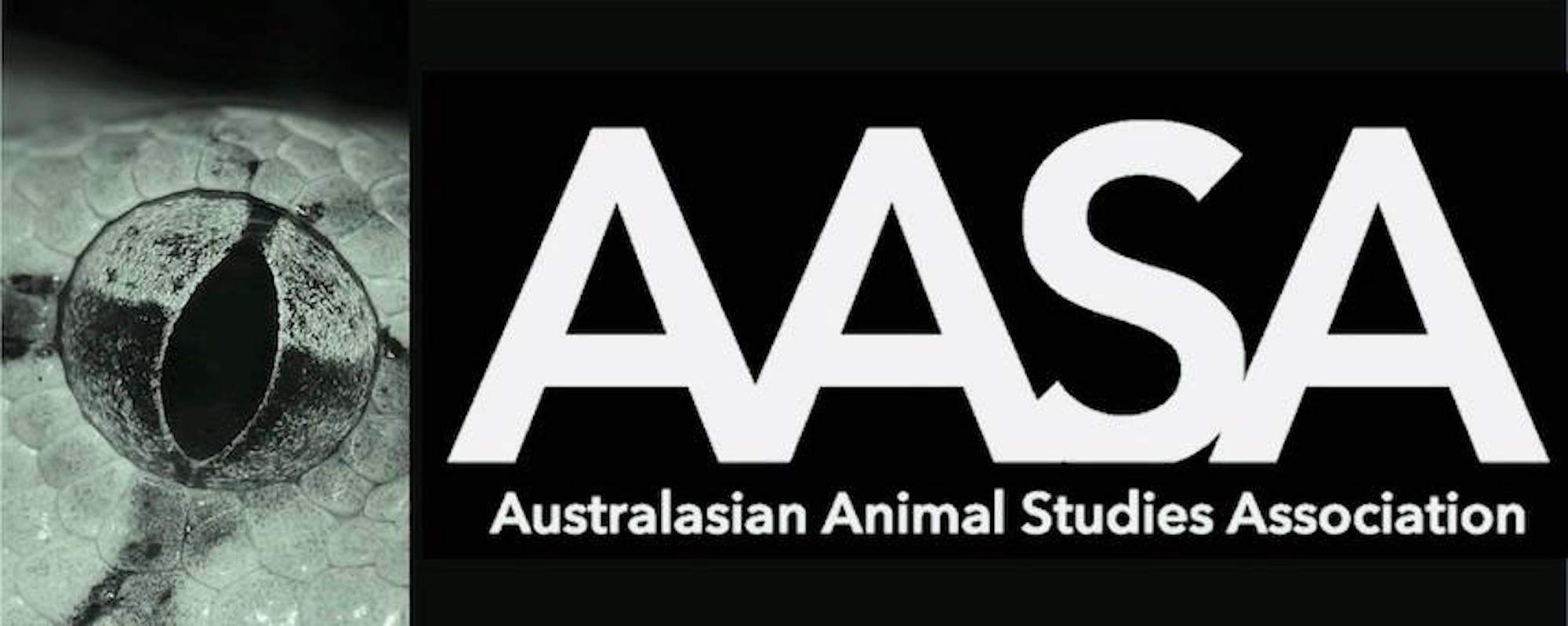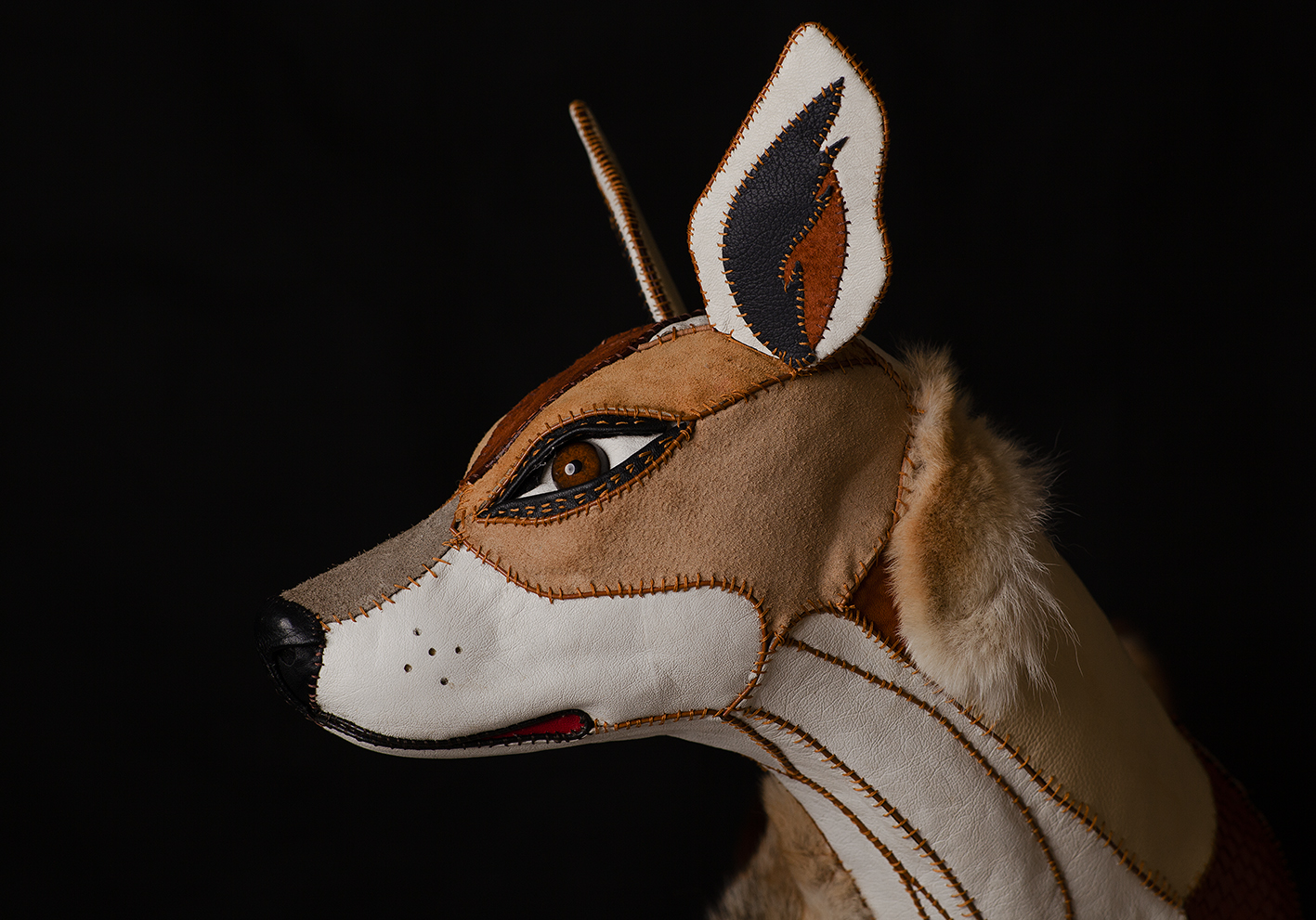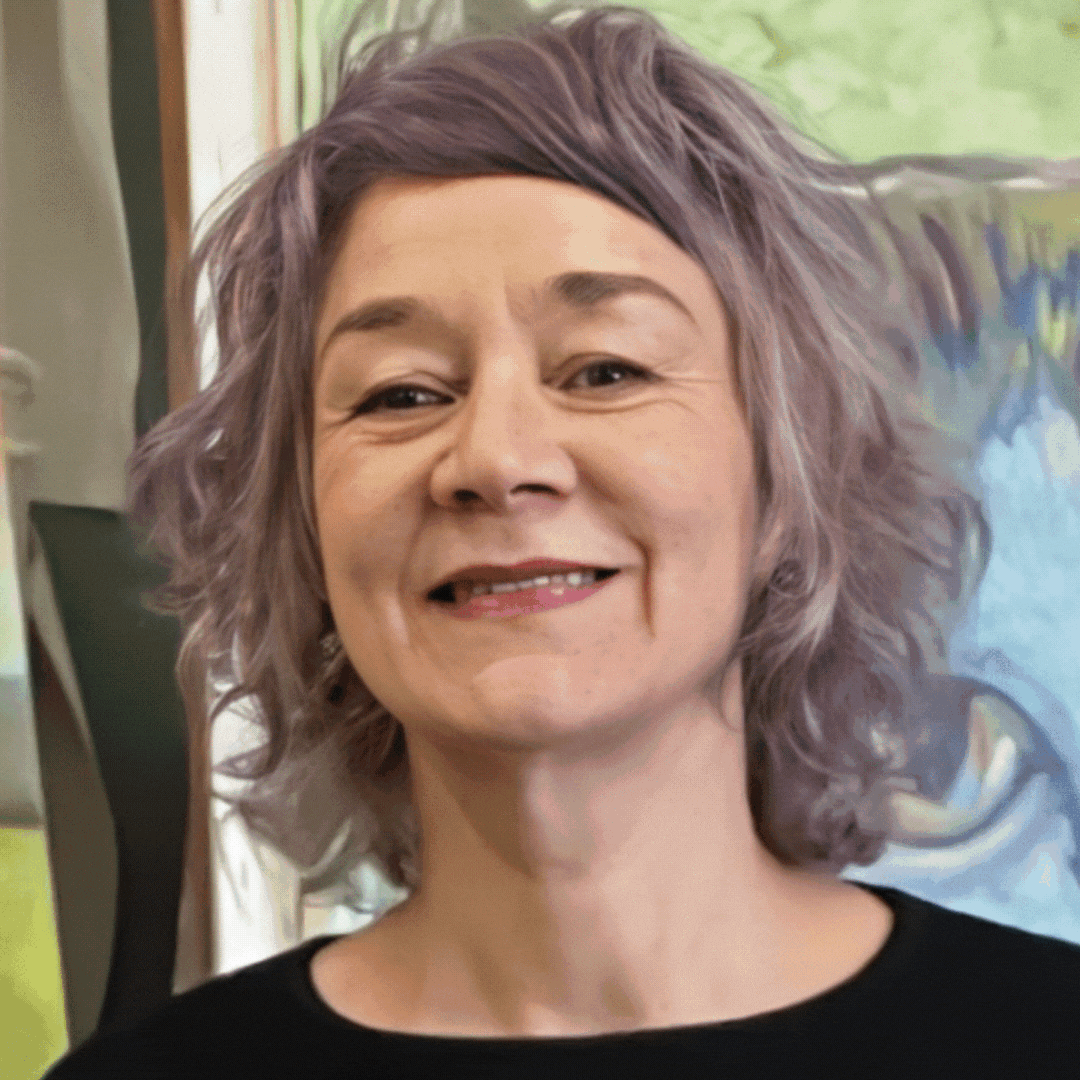Ondine Sherman talks to AASA member, Brenda De Groot about her scholarship and art.
What originally drew you to the field of Animal Studies?
My animal-centred worldview, which has been my mode of being for my entire life. I see Animal Studies now (it is still developing, so it might settle otherwise) as a collection of scholars who uphold a non-anthropocentric perspective on the world – which makes it so interdisciplinary. I feel that Animal Studies has always been my academic home even before it became acknowledged as an academic discipline.
I’ve been fascinated by animals for as long as I can remember, and always had an animal-inclusive (or non-anthropocentric) perspective of the world. As a child, I spent my free time either drawing animals, reading about animals, or watching them in the garden or in a nature documentary. I wanted to get to know these individuals of other species as persons and people, and understand as closely as possible what it would be like to be one of their kind. Since anthropocentrism reigns in society (certainly Western), this zoocentric perspective was seen as deviant – childish. It’s ok for children to be interested in animals, but at some point along the way toward adulthood, you ought to let go of your interest in animals and “upgrade” to the humans.
Unlike my peers, I never ditched my animal-centred stance (I recall all my high school presentations were on factory farming—it’s a remarkably versatile topic!). I chose to study Psychology for my Bachelor’s, with the idea to study both human and animal minds. Unsurprisingly so, it was quite anthropocentric, but I devoted as much coursework as I could to animal cognition. There I discovered the vast literature on primate cognition and behavior, and discovered that primatology is a legitimate field of study. So I signed up for an MSc in Primate Conservation, to study and help protect primates and their livelihoods. However, the sciences still have some work to do to see and care for their study subjects not only as models of evolution or biological machines, but to take them seriously as persons and people, and care about their flourishing like we do for humans too. That is my current link with Animal Studies.
How would you broadly describe your work and interests?
Ah, that’s the question that haunts me in my dreams! My interests span animal ethics, primatology, cognitive ethology, philosophy of animal minds, epistemology, and conservation, all converging towards an understanding of animals as conscious, feeling beings with intrinsic value, both within the academic world and beyond it.
Like I mentioned in the last question, I became obsessed with primates during my undergraduate and decided I wanted to become a primatologist. I’m now essentially chasing my childhood dream to find out what it is like to be another animal, and because of our evolutionary closeness to them, primates are a great starting point (similar to the idea that you know your family better than someone living in a distant country and who is from a different culture). During my MSc in Primate Conservation, I fell in love with the langurs (or more specifically, lutungs; Trachypithecus spp.): leaf-eating monkeys living across Southeast Asia. A striking feature of lutungs is that they give birth to bright orange babies—and they are obsessed with them. They care for each other’s young and even assist in giving birth. I want to know more about their social cultures, and specifically their interactions and norms around young.
In a perfect world, I’d study langurs and call it a life. But we’re not living in a perfect world. In the reality of the Anthropocene, wild animals’ homes are destroyed, their lives and those of family members are taken, and individuals suffer in the process, in the pet trade, snares, and landscapes of fear. These animals are someones: conscious beings with feelings, agency, and a life in which what happens to them matters to them. Sadly, humanity at large doesn’t recognize or acknowledge the moral standing animals ought to have. I want to change that. My theoretical work advocates for a paradigm shift: from deep-seated anthropocentrism and human exceptionalism, to a zoocentric worldview and the recognition of multispecies justice. I aim for my primatological work to feed this shift, by raising awareness of the rich experiences of animals, and help reach a conservation ethic that respects the agency and significance of non-human lives. And I make art, to leverage the revolution!
Describe how your visual artwork came to be, and any future plans in this area and in your research studies…
As a child, I liked to draw. And I mean, I really digged (dug?) it. From age 3 to 14, I spent most of my free time with a pencil in hand, drawing animals. Drawing has been my way of both exploring and expressing my interest in animals and their Umwelts. And I believe it has indeed helped me gain a better understanding of them. To depict an animal or a human, especially body postures and expressions, you have to “feel yourself into” your subject. Only if you can imagine what it feels like to stand in a certain position as, say, a horse, you can draw the right body posture. You have to become a horse to accurately draw one. Through drawing animal bodies, I gained a feel for their physical forms. By imagining their perspective of the world, I felt like I could get a bit closer to what it may be like to be them (I say ‘may be’ instead of ‘is’, since I know all too well I’m imagining and not shapeshifting in real life. But I also think we have to give the power of imagination for knowing other animals more credit).
Later I also created art to express ideas on animal ethics (e.g., here and here), and compliment and reach out my primatological work to a broader audience (here and here). My future plan is to continue along this path, and merge my art with my academic work. One of my bucket list items is to create a graphic novel of my studies, and to have an animal advocacy exhibition of some sort, but let’s first nail this PhD! I also love to collaborate with other academics and organizations that strive for animal justice, and create artwork for them (see PAMBA). All in all, I see art as a way to express myself, but also as a powerful means to communicate academic knowledge and ideas (such as zoocentric/sentiocentric ethical perspectives) to a wider audience.




